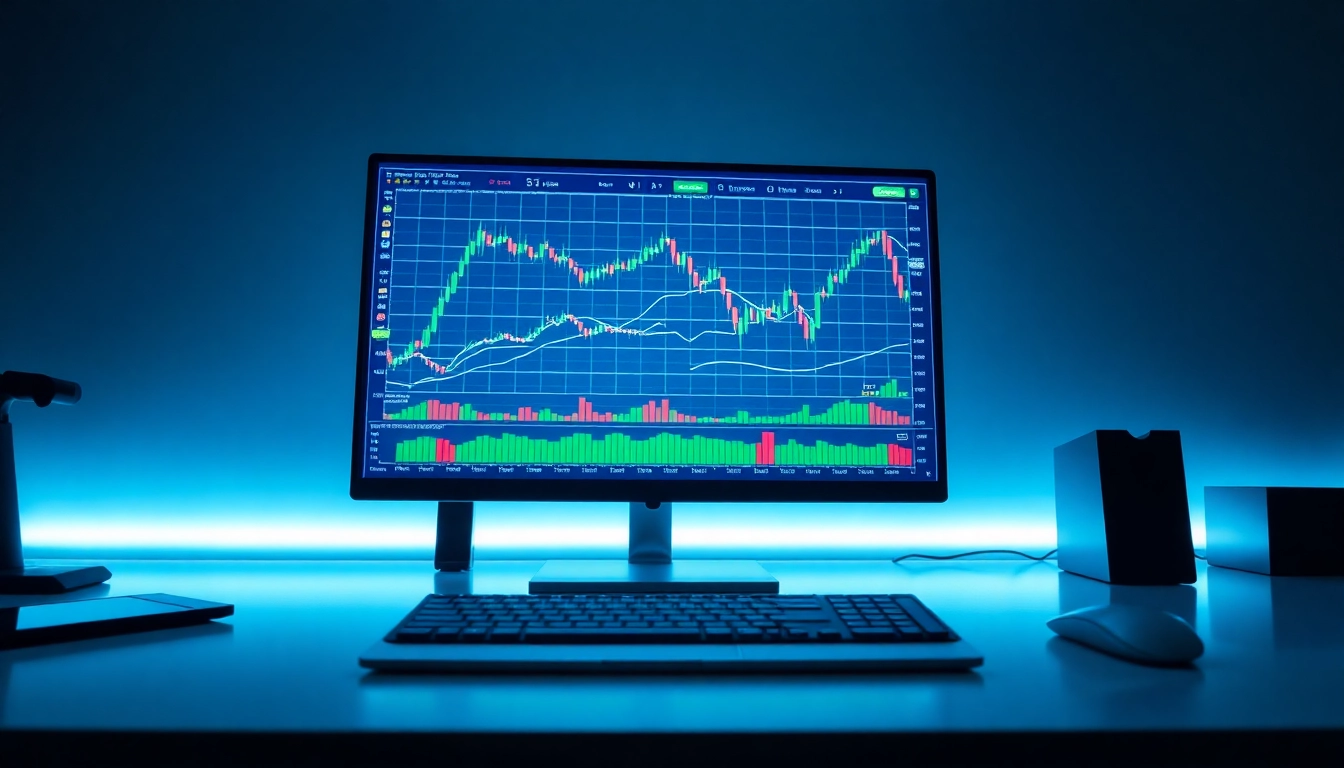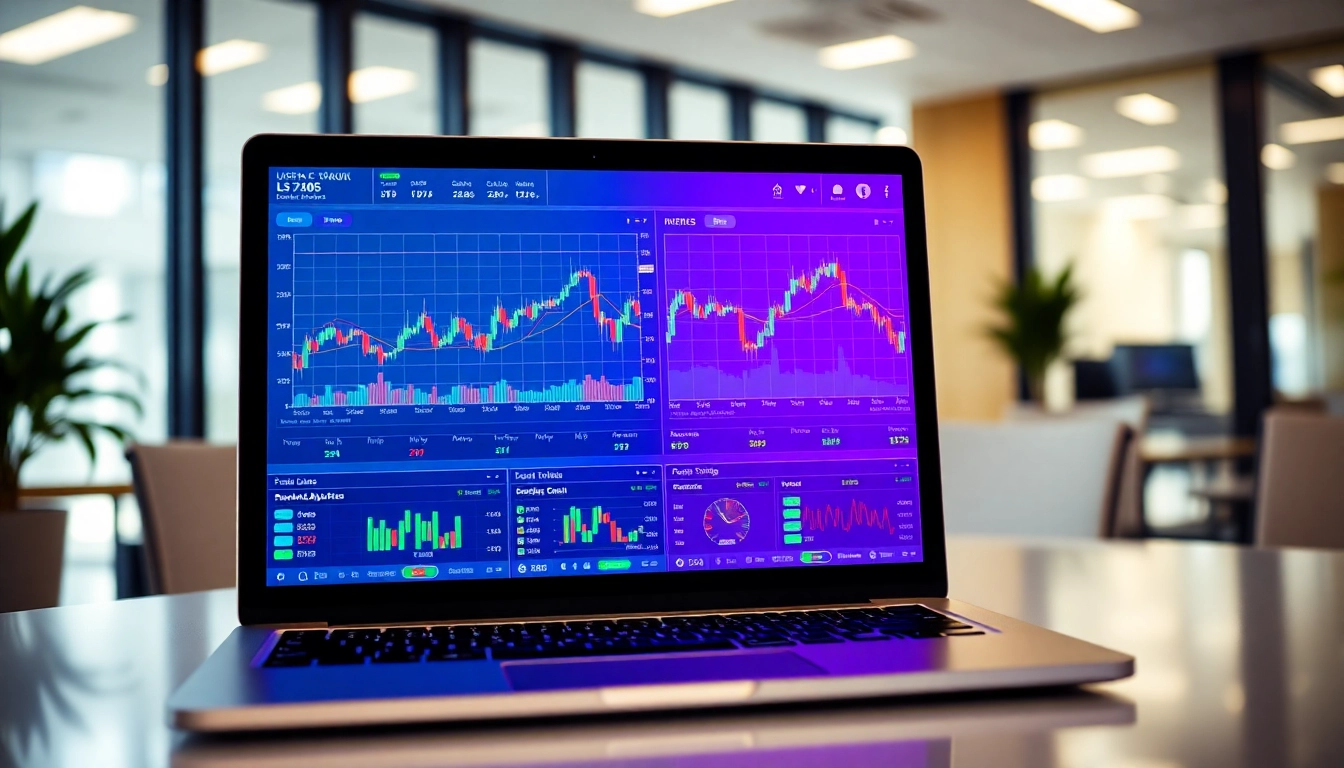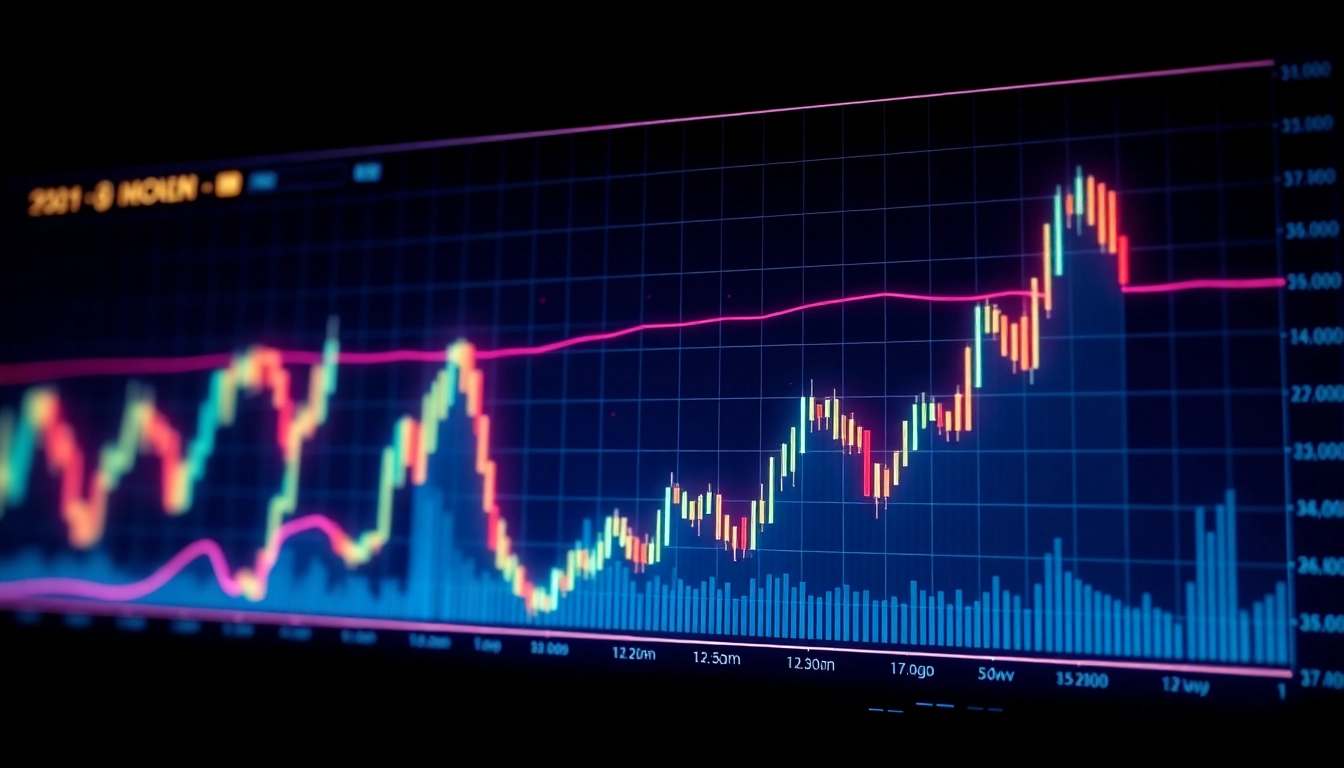Introduction to Trading View and Its Benefits
In the ever-evolving landscape of financial trading and investing, having access to reliable, comprehensive, and real-time market data is crucial. Trading view has emerged as a leading platform that caters to both novice and seasoned traders by providing an integrated environment for charting, analysis, and community engagement. Its unique combination of advanced tools, social features, and multi-market coverage makes it a go-to resource for gaining insights, executing trades, and refining strategies. Whether you’re tracking cryptocurrencies, stocks, forex, commodities, or indices, Trading View offers an all-in-one solution to elevate your trading game.
Understanding the Trading View Platform
At its core, Trading View is a powerful online platform that consolidates financial data, technical analysis tools, and social networking into a user-friendly interface. The platform’s strength lies in its accessibility—available via web browsers and mobile apps—ensuring traders can stay connected wherever they are. Its cloud-based structure allows users to save and share charts, strategies, and insights effortlessly.
Trading View’s architecture supports real-time data feeds covering countless markets globally, a feature particularly valued by active traders who rely on the freshest information for decision-making. The platform’s interface features customizable charts with a wide array of technical indicators, drawing tools, and chart types, enabling users to perform detailed technical analysis without the need for third-party software.
Moreover, the platform fosters a social trading environment. Traders can publish ideas, comment, and follow other traders, creating a vibrant community that accelerates learning and refinement of strategies. Its community-focused approach distinguishes Trading View from many standalone charting tools, making it both an analytical resource and a social network.
Key Features That Enhance Trading Strategies
Advanced Charting and Technical Analysis Tools
Trading View offers an extensive library of chart types including candlestick, bar, line, and Renko charts, each supporting multiple timeframes—ranging from seconds to months. The platform’s technical indicators include popular tools like Moving Averages, RSI, MACD, Bollinger Bands, Fibonacci Retracements, and many more. Users can also develop custom indicators using Trading View’s scripting language, Pine Script, thereby tailoring analysis to unique trading styles.
Real-Time Market Data and Alerts
Timeliness is vital in trading decisions. Trading View delivers real-time data across stocks, cryptocurrencies, forex, futures, and commodities. Users can set alerts based on price levels, indicator signals, or specific conditions, receiving notifications via email, SMS, or app alerts. These proactive features help traders monitor multiple markets simultaneously, preventing missed opportunities or unexpected losses.
Multi-Market Coverage
One of Trading View’s standout benefits is its coverage of diverse markets. From global equities to cryptos like Bitcoin and Ethereum, the platform provides comprehensive access to many asset classes. This versatility enables traders to diversify portfolios and analyze correlations between markets seamlessly, all within a unified platform.
Community Insights and Idea Sharing
Beyond technical tools, Trading View’s social features foster collaboration and idea exchange. Traders publish their analysis, share trade setups, and comment on others’ ideas. This communal aspect accelerates learning, introduces diverse perspectives, and often leads to new trading opportunities that traders might not have discovered independently.
How to Use Trading View Effectively
Setting Up Custom Watchlists and Alerts
Effective trading begins with proper organization. Trading View allows users to create customized watchlists for different asset classes or sectors, facilitating quick access to relevant symbols. Setting tailored alerts for specific price levels or indicator conditions ensures active monitoring without constant manual checks, thereby making trading more efficient and less stressful.
Utilizing Technical Indicators for Better Predictions
Mastering indicators is key to predictive accuracy. Traders should familiarize themselves with indicator combinations—like using RSI with Moving Averages—to confirm trends and identify potential reversals. Practice in backtesting strategies within Trading View’s platform can help evaluate effectiveness before deploying real capital.
Incorporating Social Trading and Community Ideas
Engaging with the community can enrich understanding and expand perspectives. By following experienced traders, analyzing shared ideas, and participating in discussions, users can refine their strategies and validate analysis. Always remember to critically evaluate community insights rather than relying solely on opinions.
Advanced Tips for Traders Using Trading View
Integrating Trading View with Other Platforms
For traders utilizing multiple tools, seamless integration is vital. Trading View supports webhook alerts, API integrations, and can connect with third-party trading platforms like MetaTrader or broker-specific APIs. These integrations streamline trade execution and data synchronization, creating an efficient, synchronized trading environment.
Analyzing Multiple Markets Simultaneously
Trading View’s multiple chart layout allows traders to monitor several markets side by side. Advanced traders often analyze correlations—for example, assessing Bitcoin’s movement against stock indices—to strategize and hedge effectively. Utilizing multi-chart setups enables quick comparative analysis and faster decision-making.
Creating and Sharing Custom Trading Strategies
One of Trading View’s strengths is its scripting language, Pine Script, which permits the development of custom indicators and strategies. Traders can code their unique setups, backtest strategies historically, and share them publicly or privately. Sharing strategies fosters collaboration and can lead to community feedback and further refinement.
Common Challenges and How to Overcome Them
Interpreting Chart Data Accurately
Charts can be complex, and misinterpretation might lead to poor trades. To avoid this, traders should develop disciplined analysis routines, corroborate signals across multiple indicators, and avoid overcomplicating charts with unnecessary tools. Backtesting strategies helps validate interpretations before applying them in live trading.
Managing Information Overload
The wealth of data on Trading View can be overwhelming. Focusing on key markets and essential indicators prevents analysis paralysis. Custom watchlists, predefined layouts, and alert setups help prioritize critical information, making decision-making clearer and more systematic.
Ensuring Real-Time Data Reliability
While Trading View provides reputed real-time feeds, internet disruptions or broker delays can affect data accuracy. It’s wise to have contingency plans, such as using multiple data sources or setting alerts early, to mitigate delays and ensure timely trades.
Measuring Your Trading View Success
Tracking Performance with Built-in Analytics
Trading View offers performance metrics and trade journal features that enable traders to analyze their historical trades, review winning versus losing setups, and identify areas for improvement. Regular performance reviews help refine strategies and boost profitability.
Adjusting Strategies Based on Analytical Insights
Data-driven insights should guide strategy adjustments. Whether it’s refining indicator parameters or altering trade entry/exit rules, continuous optimization based on backtested results and live performance experiences ensures long-term success.
Continuous Learning and Community Engagement
Staying updated with new features, market developments, and community ideas maintains a trader’s edge. Participating in webinars, forums, and social discussions on Trading View broadens knowledge horizons and exposes traders to innovative strategies.



